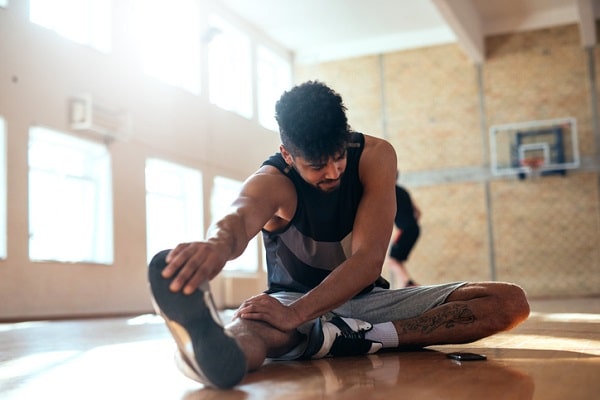Flexibility vs. Mobility for Students in Fitness and Health School
December 31, 2019
When suggesting exercise in your career, an important factor is mobility work, as well as stretches for flexibility. While the two terms can be confused with one another and are often interchanged, they have quite distinct meanings. Flexibility is the extent to which muscles are able to stretch. Mobility is the ability of the joints, muscles and other tissues to move through full range of motion.
Flexibility is, of course, a factor in mobility, so the two are often lumped together. As a fitness professional, it’s important that you know the difference between the two and use them to help clients lead healthier lives with less pain. Read on to learn more about the differences between flexibility and mobility.
Clients After Fitness and Health School Can Have Flexibility Without Mobility
In some cases, you may work with people who are flexible but not mobile. Because mobility is measured in activity, whether clients are mobile is a question of strength and stability. When clients have a lot of flexibility but lack mobility, they aren’t able to safely support their joints and other tissues while moving through full range of motion. Range of motion is the full amount of movement that a joint is capable of. Twisted ankles can be an example of lack of mobility where there is plenty of flexibility. Sometimes, the ankle has a large range of motion but lacks strength and stability, so it becomes easier to turn and injure it.

Fitness consultant courses prepare you to assess clients and find what they need to work on, to protect them from injury and make them fitter and healthier. If clients require more mobility work than they’ve been doing, they may need to understand that simple, passive stretching won’t be enough to increase their active movement through range of motion. They will need to use dynamic stretches, which incorporate movement and muscle engagement, with strength training.
Mobility May Be More Important for Fitness and Health Promotion Training
While flexibility is valuable as it can increase a person’s range of motion and allow them to further develop their strength, agility and other fitness factors, mobility is very important. This is because of its impact on everyday functional movements. Mobility includes strength, such as that of the core muscles, like the lower back and the rectus abdominis. Poor strength can lead to injuries and general pain when performing daily activities. Mobility also includes both coordination and balance, for which you will likely have some favourite exercises after finishing fitness and health promotion training. Improving these elements of a client’s fitness will keep them more stable and controlled in both athletics and their daily movements. This can prevent falls and injuries.
When assessing mobility, you will take note of a person’s posture through movement. When core stability and coordination is strong, clients may also find that their posture when going about their day is better. This reduces pain and helps them feel better all day long, which is another way that your fitness career will help others. The benefits of mobility are incredible, so making sure to take note of and improve this in clients will give you more value as a professional and help them live with less pain.

Are you interested in fitness and health school?
Contact Medix College to learn more.




